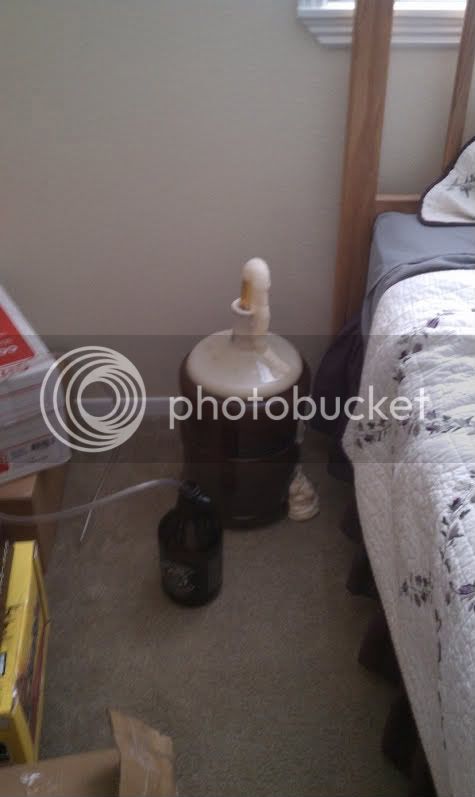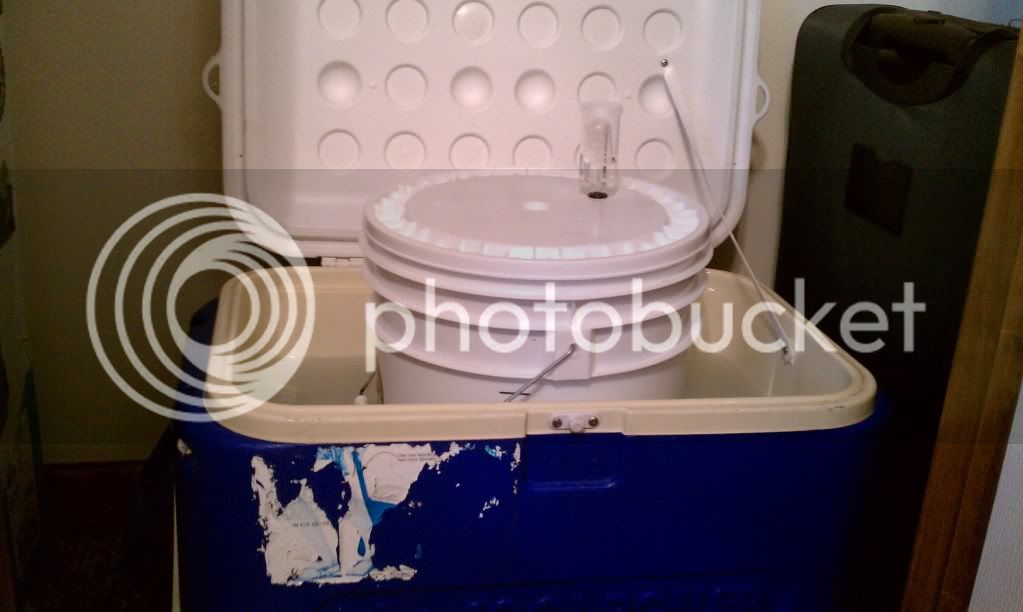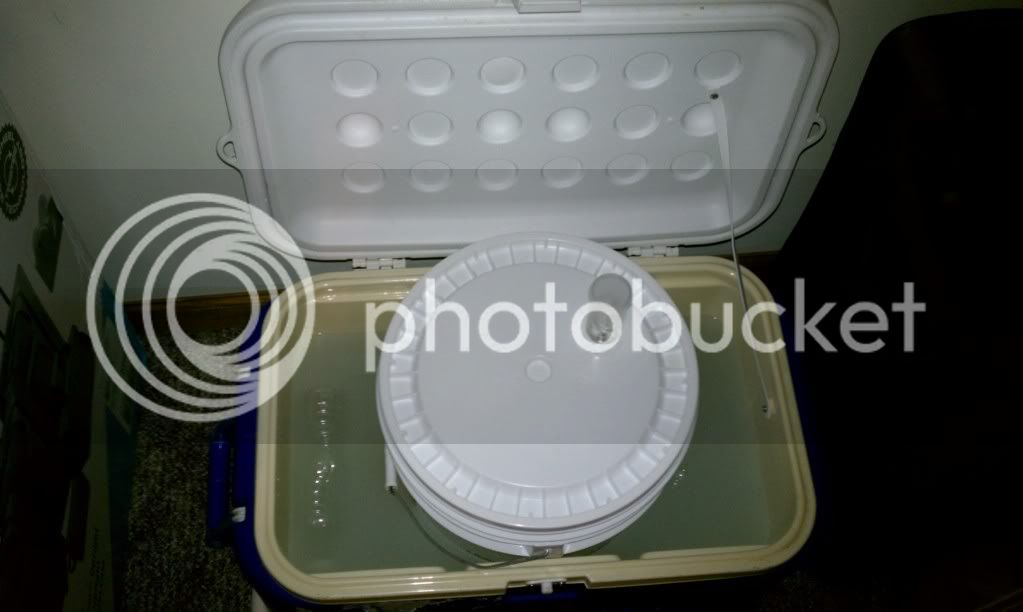Perkt
Active Member
So things started off nice and easy with a kit, I then moved on to a seasonal beer recipe, and am now trying my hand at #3...
I've read through Papazian many times and am coming up with a question that I haven't been able to address through any number of podcasts or forums...I think I may be using a partial mash method, or I may just have been set astray from day 1 from using a kit.
Anyhow, what I did for the first brew was repeated for the second and is as follows:
(RDWHAHB)
Steep specialty grains for 45 minutes around 155, but not to exceed 170 (as to avoid leaching any tannins from the husk)
Remove the grains, bring to boil, add in the LME or DME and continue to boil with hop additions along the way, full boil for 1 hour
Drop temp using an ice bath until appropriate for pitching the yeast
Let set in the fermintor until you just can't wait any longer
Bottle, wait another two weeks..
Anyhow, Papazian is saying to boil everything together...extracts, grains, sugar additions, etc..
Any advice on the benefit of either method would be much appreciated!
I've read through Papazian many times and am coming up with a question that I haven't been able to address through any number of podcasts or forums...I think I may be using a partial mash method, or I may just have been set astray from day 1 from using a kit.
Anyhow, what I did for the first brew was repeated for the second and is as follows:
(RDWHAHB)
Steep specialty grains for 45 minutes around 155, but not to exceed 170 (as to avoid leaching any tannins from the husk)
Remove the grains, bring to boil, add in the LME or DME and continue to boil with hop additions along the way, full boil for 1 hour
Drop temp using an ice bath until appropriate for pitching the yeast
Let set in the fermintor until you just can't wait any longer
Bottle, wait another two weeks..
Anyhow, Papazian is saying to boil everything together...extracts, grains, sugar additions, etc..
Any advice on the benefit of either method would be much appreciated!





